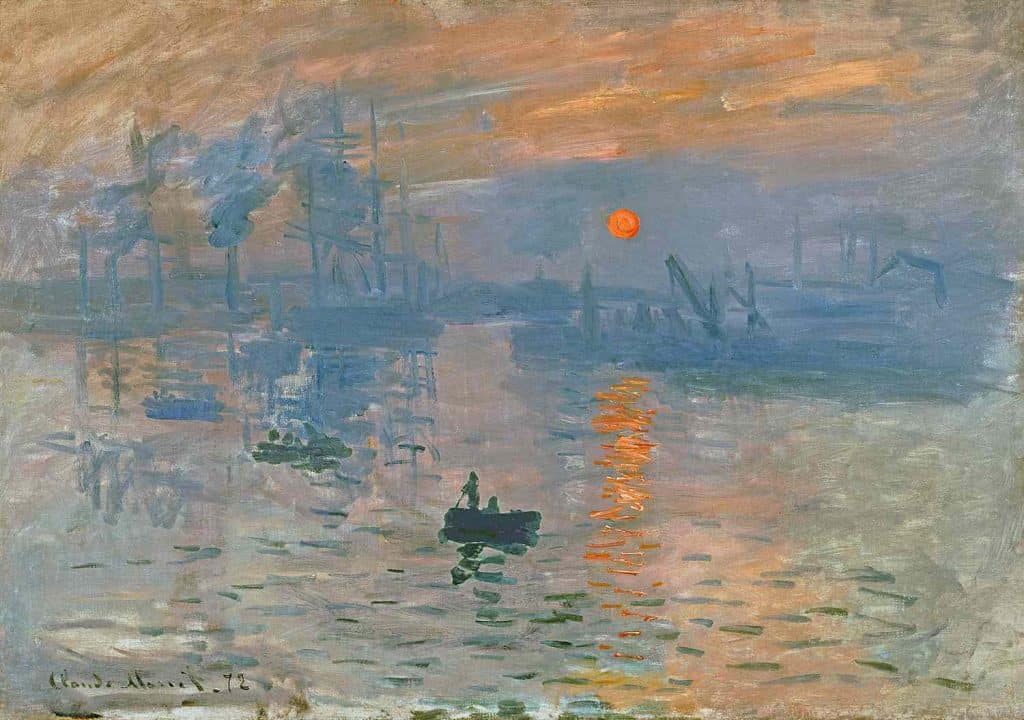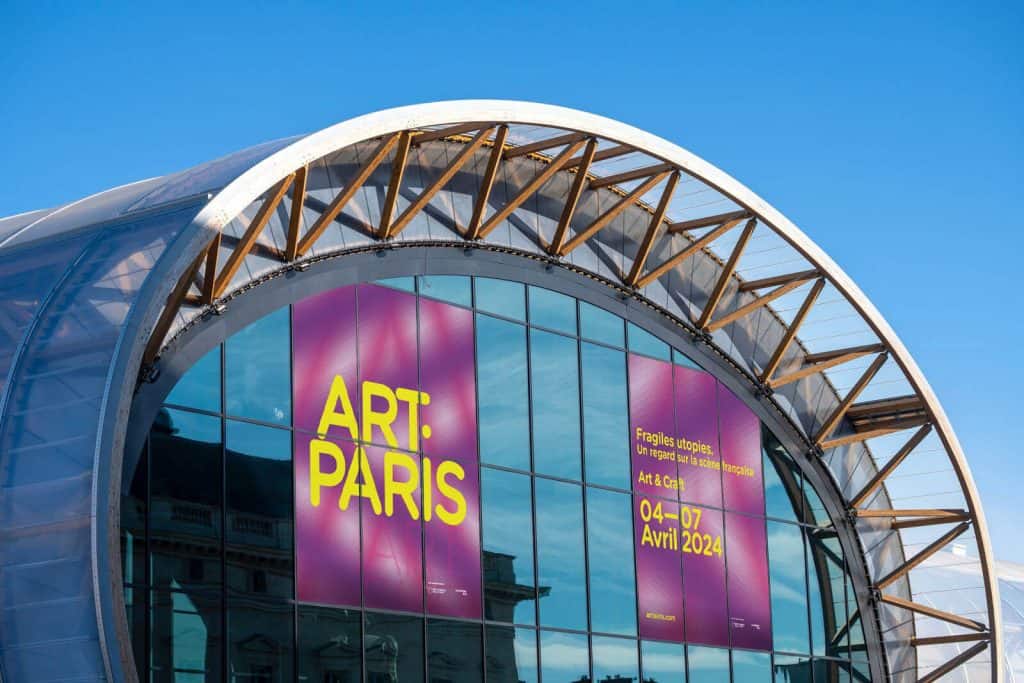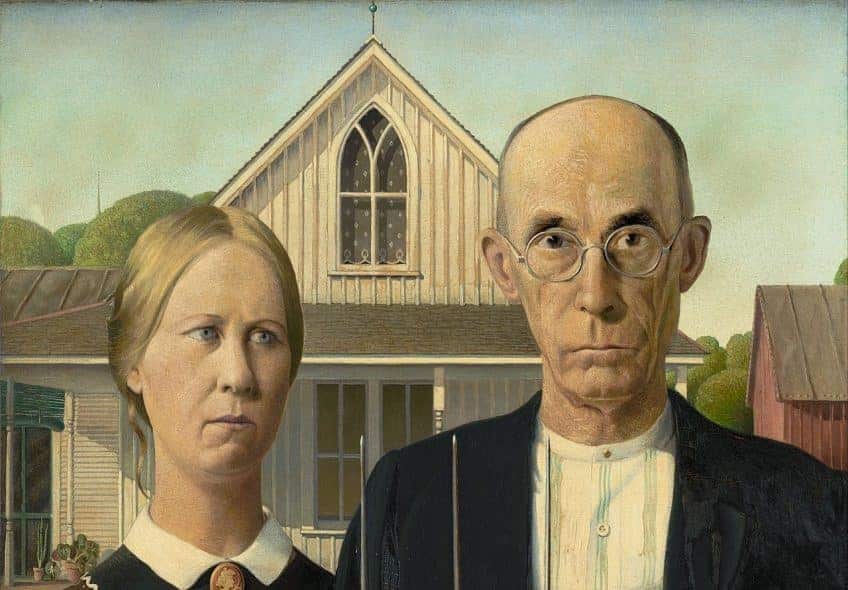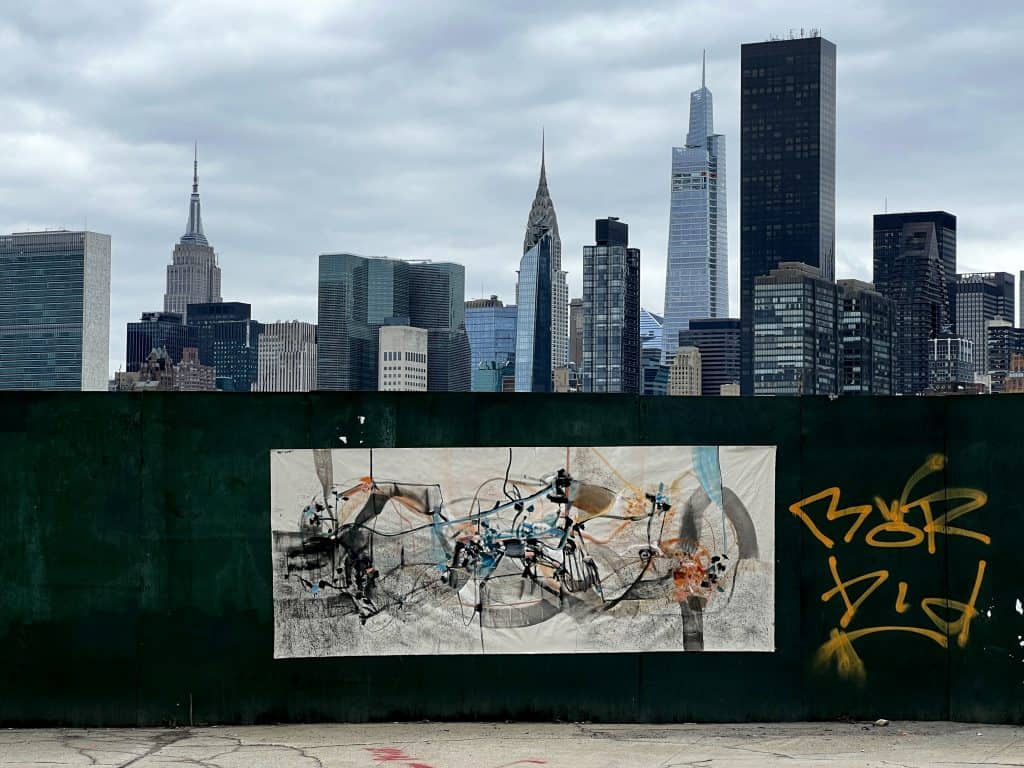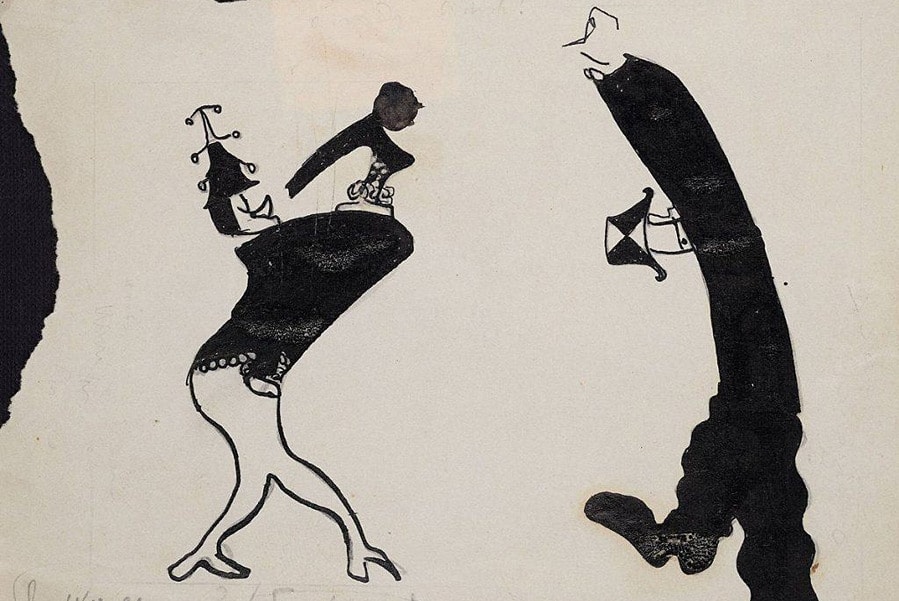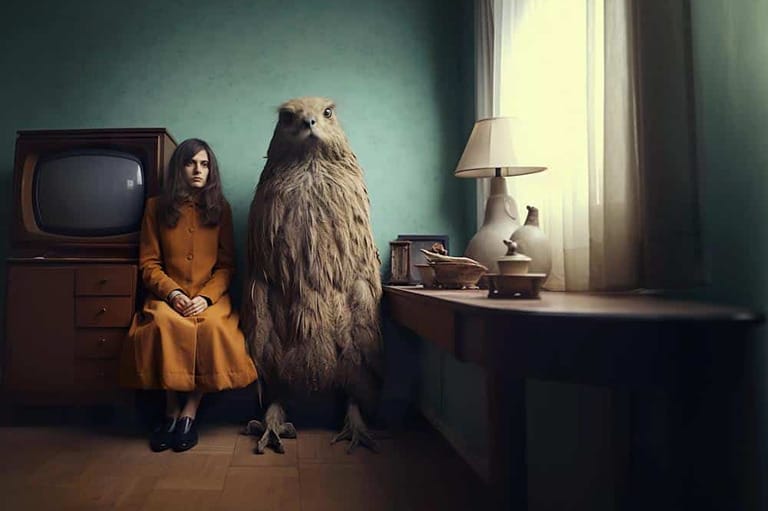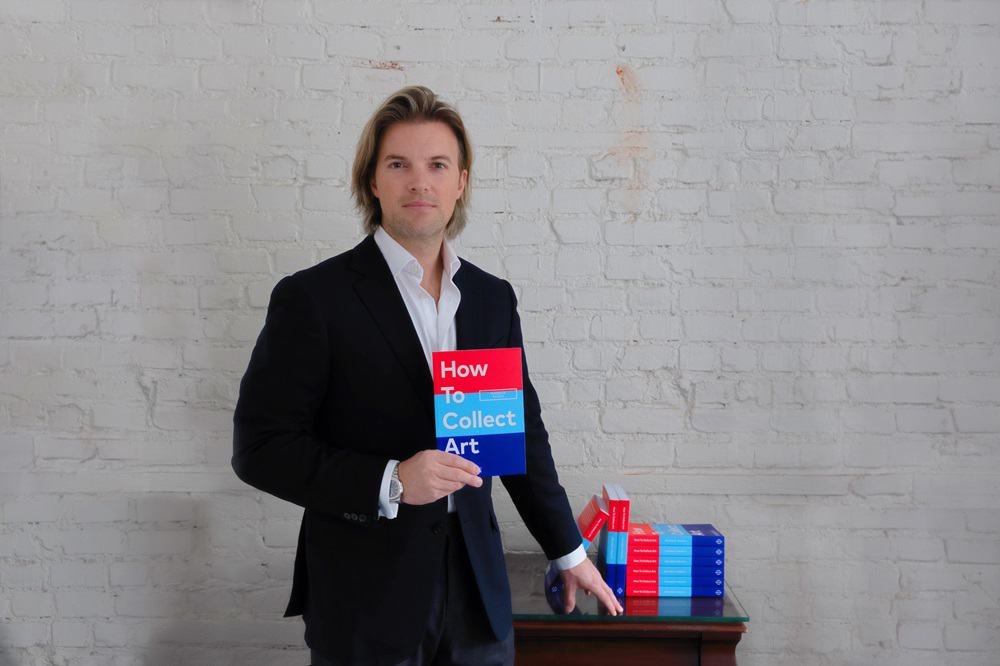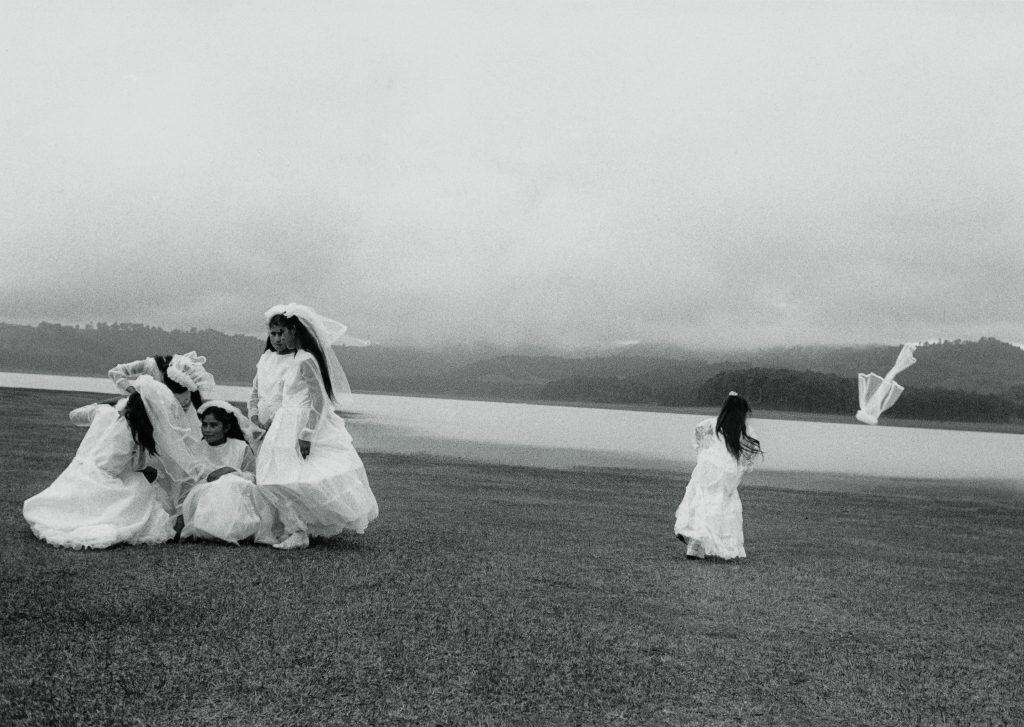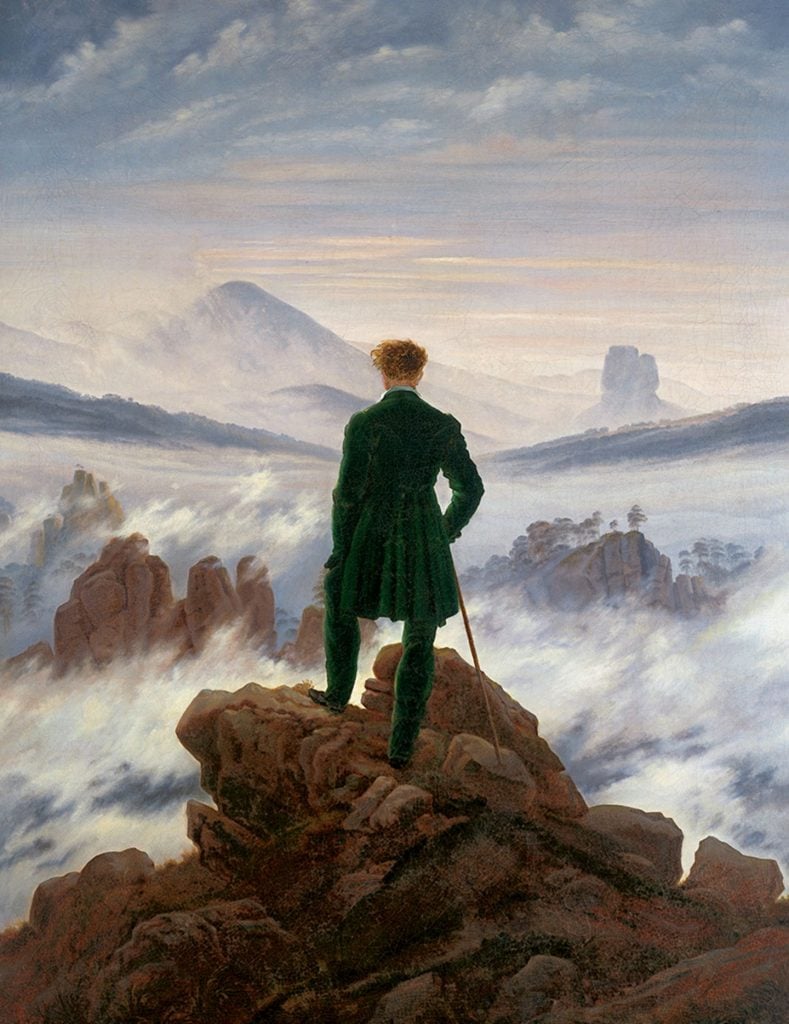All around the world, thousands of museums dedicate themselves to preserve and transmit knowledge, culture, and history for past, present, and future generations. Or in other words, as put by the Museums Association: “Museums change lives”. It is big words, but we fully agree. Spanning an ever-expanding range of visual expression, museums serve as a living testament of humanity, each collection with its own unique story. We dive into some of these stories, told by insiders, who spend their everyday lives in close proximity of a museum and its collection.
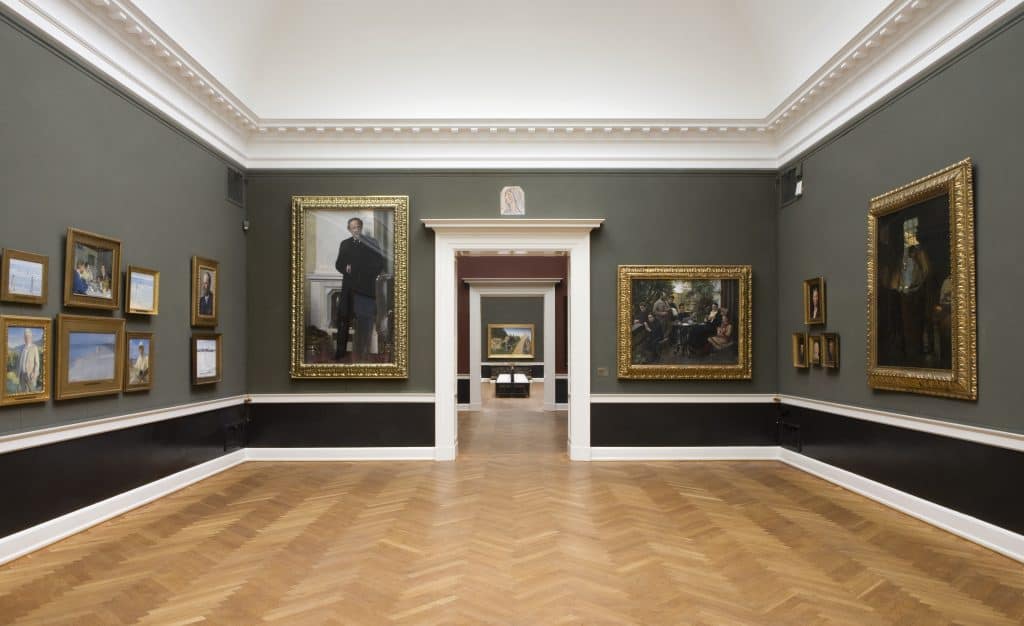
Take a tour through The Hirschsprung Collection in the company of curator Anna Schram Vejlby. Beautifully situated in the green parklands of the Østre Anlæg on the old ramparts of Copenhagen, you find The Hirschsprung Collection, a museum that houses the tobacco manufacturer Heinrich Hirschsprung’s (1836-1908) and his wife Pauline Hirschsprung’s (1845-1922) collection of Danish art from the 19th century.
- Name: The Hirschsprung Collection
- Location: Copenhagen, Denmark
- Founded: 1911
- Focus of collection: Danish art from the 19th century and the beginning of the 20th century
The Hirschsprung Collection is built around the private collection of the Danish tobacco manufacturer Heinrich Hirschsprung (1836-1908). How did he get immersed in the world of art?
Initially Heinrich and Pauline Hirschsprung were looking to decorate their home and bought art with that in mind. However, later on they expanded their interests and became friends with many of the artists and connoisseurs of their time. This also meant that they became bolder and bought more avant-garde art.
Did Heinrich Hirchsprung always have the intention of passing his collection into public ownership?
Initially the Hirschsprungs bought art for their own pleasure and to support their artist friends. It was only later they hatched the idea of donating the collection to the public. That was also when they decided to show their collection to the public in an exhibition, and it seems like they also decided to buy larger paintings so that there would be something for the big walls of a museum rather than the smaller walls of a home.

What was Heinrich Hirschsprung’s role in the art scene at the time? Did he belong to a group of collectors or was he independent?
He had a network via his business that expanded to Germany and the Nordic countries, and his brother was also an avid collector. We know of cases where Hirschsprung helped Danish artists sell their art internationally.
Did Heinrich Hirschsprung have a personal relationship to the artists represented in his collection?
Yes! Many of them were friends of the Hirschsprungs, and they often invited them to spend several days or even weeks at their summer residence along with writers and musicians.
How does the fact that The Hirschsprung Collection is based on a private collection reflect the museum’s vision and how is it expressed in its profile and exhibitions?
Today, the collection is very much defined by the original scope of the private collection. We still occasionally make new acquisitions but always within the framework of the 19th century and only Danish art – as it has been since the collection was donated to the public. Our exhibitions also reflect this whether they are in line with the collection or work as a contrast to the collection.
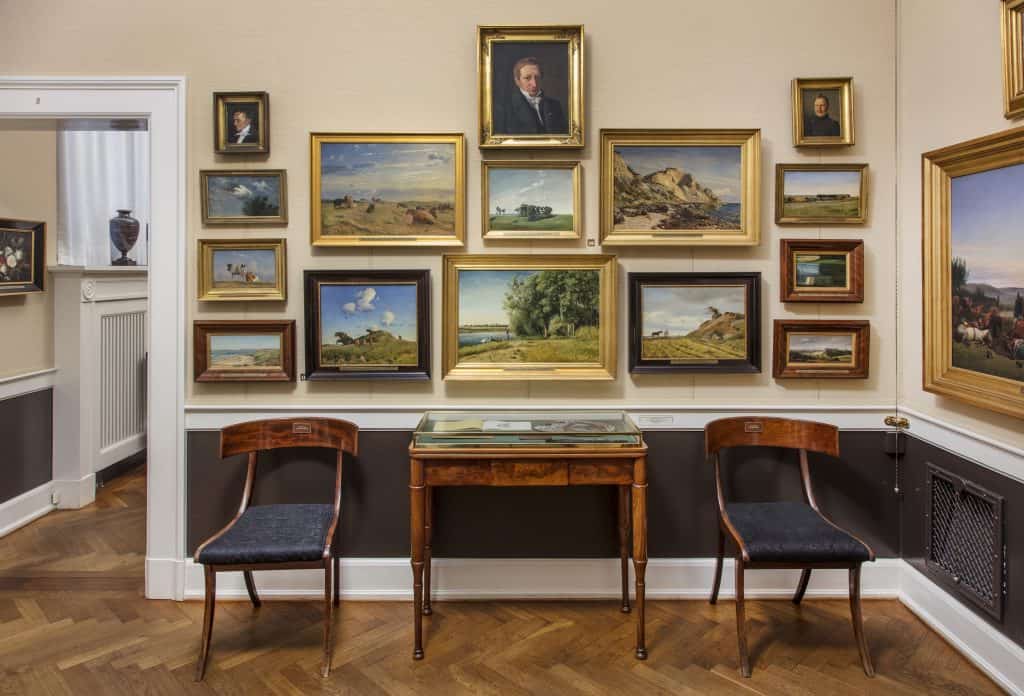
Highlight three artworks from the museum’s collection, which capture the spirit of Heinrich Hirschsprung?
1. P.S. Krøyer: The Hirschsprung family portrait, 1881. This painting captures the Hirschsprung family and their relation to art: a very private connection where the artist and his work are included and respected. The sketchbook in Heinrich Hirschsprung’s hand tells of the artistic process and the coffee cup on the table seems to have been put there for the artist. Krøyer was a close friend of the Hirschsprungs so it was suitable that he would be the one to portray the family.
2. Ejnar Nielsen: The blind girl, 1896 and 1898. The Hirschsprungs bought this directly from the artist in 1901. It is a very good example of how their taste evolved. Early on, they would buy pretty genre pieces without any modern ambitions but towards the turn of the century they were convinced by their associate the art historian Emil Hannover to go for the avant-garde – Ejnar Nielsen’s painting is an example of this evolution.
3. Johan Thomas Lundbye: Hankehøj near Vallekilde, c. 1846. This was not part of the original collection but entered the museum many years later in 1991. It is an example of how the museum still acquires art in line with the vision of the Hirschsprungs. The painting is an oil sketch for another painting in the collection, and it made it to our walls because the Hirschsprungs were very interested in artistic process, which made them buy sketches and sketchbooks at a time when not many people cared about the preliminary work of a painting.

What are the primary criteria and key considerations you take into account when acquiring a new piece to the museum’s permanent collection?
First and foremost, we only acquire works by Danish artists and only artists active in the 19th century or at the beginning of the 20th century. Then we look into broadening the presentation of the artists who are already well represented in the museum, but also artists that have been overlooked – female artists for example. In the end, it is then the quality of the work that leads our decisions. The Hirschsprung Collection has always had very high standards, so we are quite rigid when it comes to quality.
Some private collectors donate works to museums. How do you decide which gifts offered to the museum should be accessioned as part of the collection and which should be rejected?
We are always very happy when collectors decide to donate art to the collection. We observe the same criteria when we accept donations as when we purchase art works. It should only be the best and within the general scope of the collection.
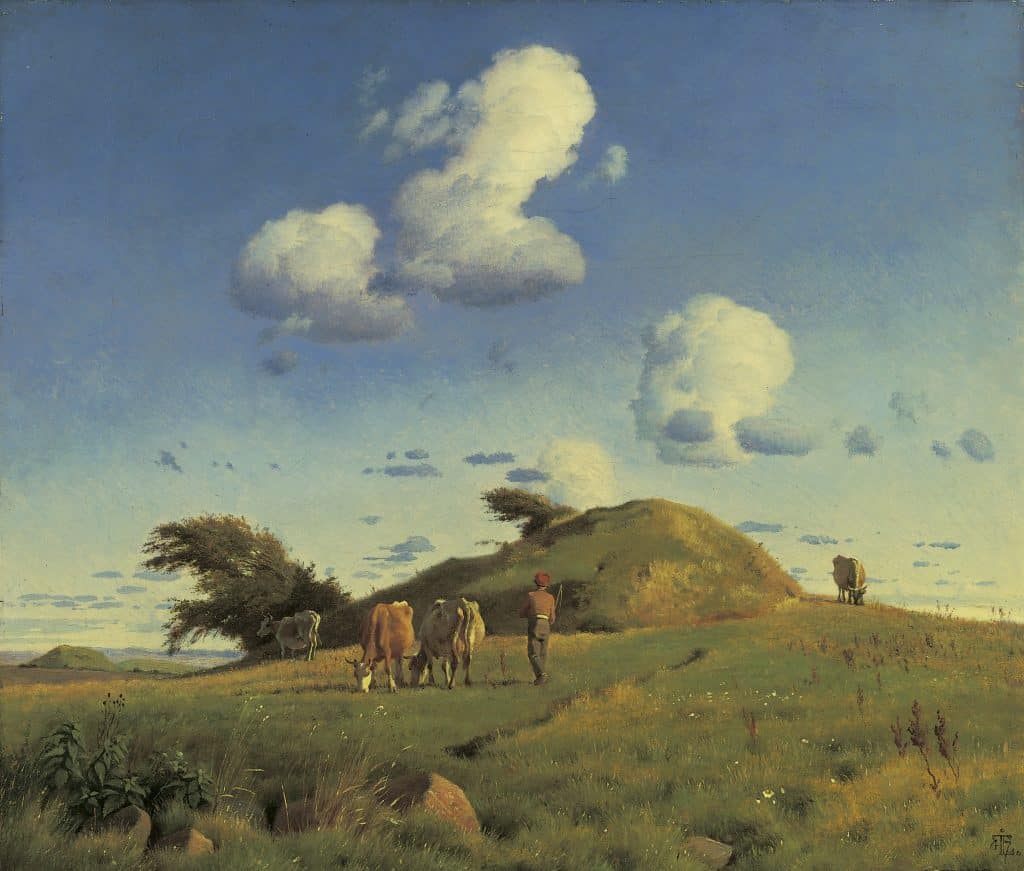
What are the primary criteria and key considerations you take into account when acquiring a new piece to the museum’s permanent collection?
First and foremost, we only acquire works by Danish artists and only artists active in the 19th century or at the beginning of the 20th century. Then we look into broadening the presentation of the artists who are already well represented in the museum, but also artists that have been overlooked – female artists for example. In the end, it is then the quality of the work that leads our decisions. The Hirschsprung Collection has always had very high standards, so we are quite rigid when it comes to quality.
Some private collectors donate works to museums. How do you decide which gifts offered to the museum should be accessioned as part of the collection and which should be rejected?
We are always very happy when collectors decide to donate art to the collection. We observe the same criteria when we accept donations as when we purchase art works. It should only be the best and within the general scope of the collection.
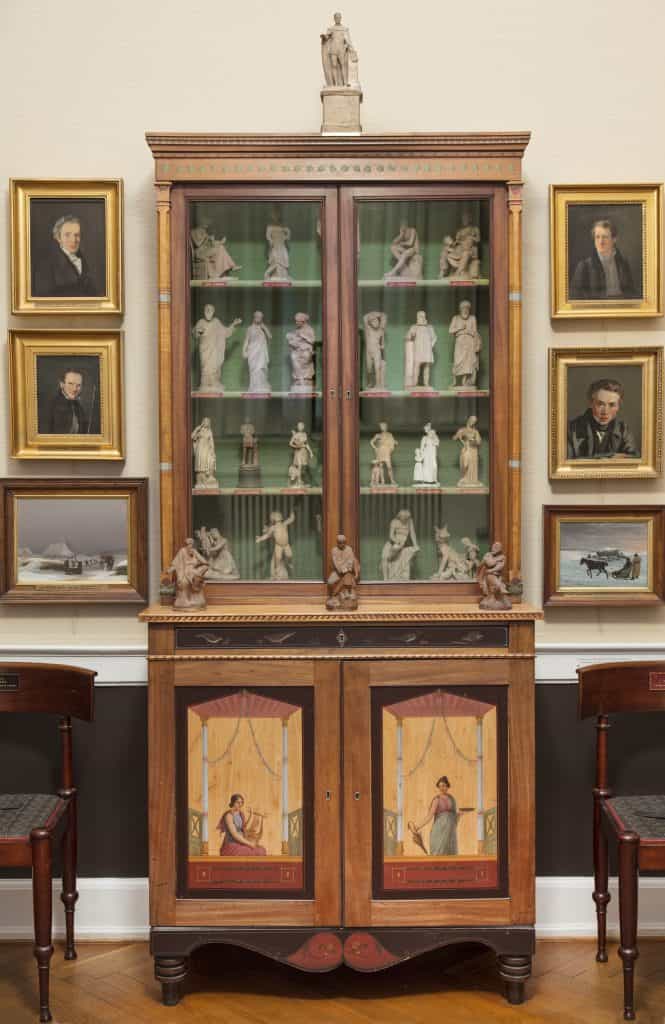
As a museum in 2017, how do you stay true to Heinrich Hirschsprung’s legacy and at the same time keep up with changes in today’s (art) world?
We try to maintain a high level of quality in the presentation of the permanent collection and our exhibitions – this we consider to be part of the legacy. We also try to base our work on research, so that the big archives we also hold are in use and so that the public can benefit from the findings such an archive can yield. When the museum opened in 1911, exhibitions was not part of the practice, so the fact that we do do exhibitions today is a nod to the modern public – it is our way of staying relevant.
How do you think the relationship between private collectors and museums will develop in the future?
I hope it will continue to be the positive exchange it is now. We often lend works of art from private collectors for our exhibitions, and they benefit from our research and publications.
